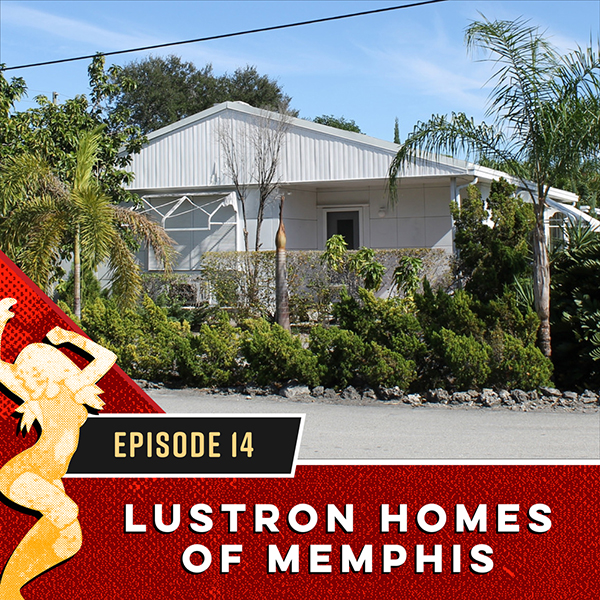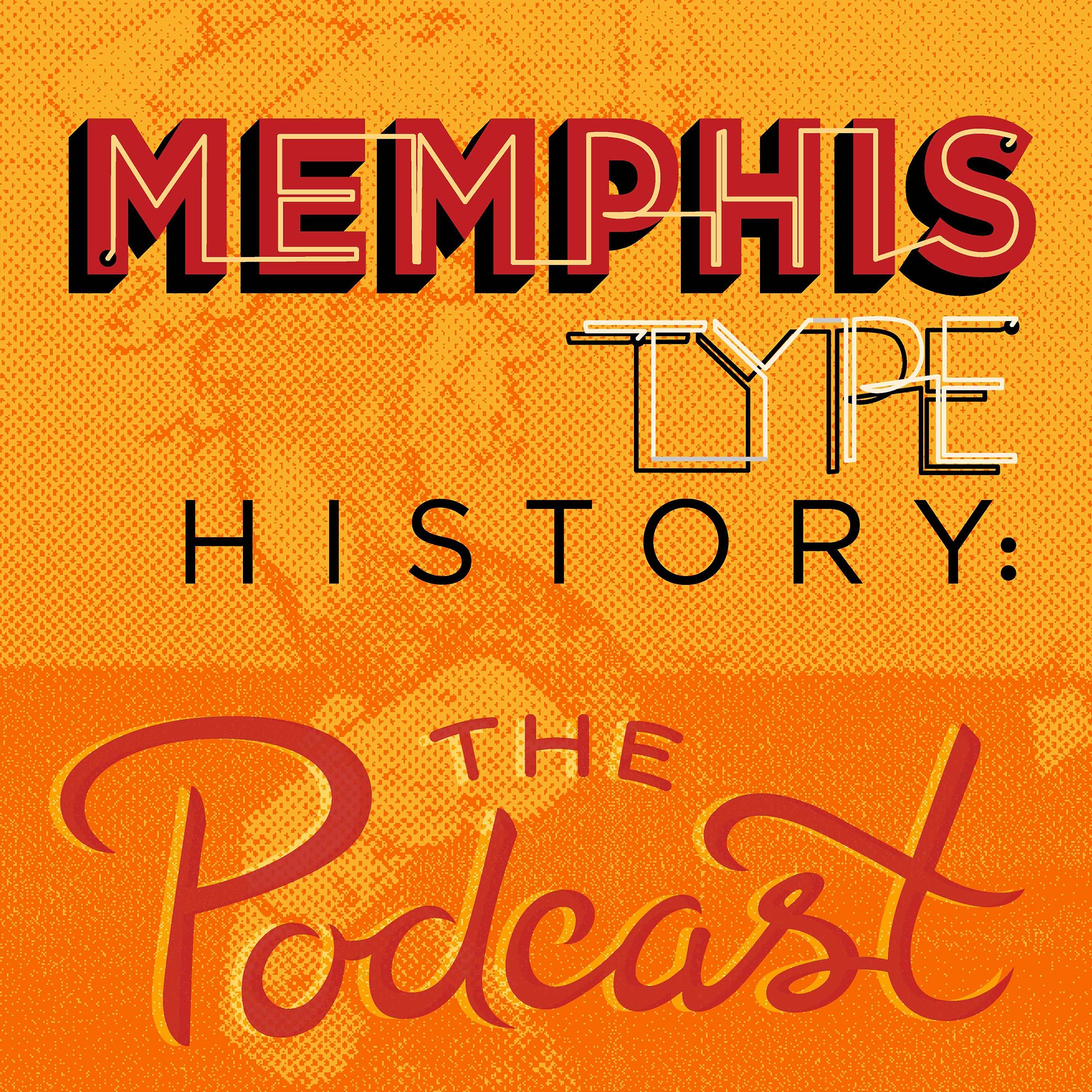Episodes

Sunday Aug 27, 2017
Lustron Homes of Memphis
Sunday Aug 27, 2017
Sunday Aug 27, 2017
In this episode of Memphis Type History: The Podcast, Caitlin tells Rebecca all about the engineering and architectural marvel that was the Lustron home. Three of these rare postwar gems can be found in Memphis.
Carl Strandlund invented the Lustron home to answer the need for affordable housing for soldiers returning from World War II. The plan was that the government would provide the steel and Strandlund would combat the housing shortage with these highly unique, prefabricated, enamel-coated, modular steel homes.
In 1946, he demonstrated the prototype which he claimed was fireproof (because steel), and also could do not rust or be damaged termites or rats and such. It could also stand up to water and sun damage of all kinds. Finally, homeowners would never have to paint it, replace the roof, or do anything more than grab a hose when it was time to clean it. In 1947, his manufacturing company was ready to do business, armed with the first ever venture capital loan from the U.S. government.
These homes that could "defy weather, wear, and time" were designed for the modern family, with ads claiming a "new and richer experience for the entire family." At $8,500–$9,500, the pricing came in at 25% less than the market average (although prices went up by 1949 to $10,500). There were three models to choose from and each came with two- and three-bedroom options. The most popular selection was the 1,021 square foot, two bedroom Westchester Deluxe.
Unlike the current models of prefabricated homes one purchased from Alladin, Gordon-Van Tine, Montgomery Ward, or Sears at this time, Lustron homes were delivered as engineering marvels complete with a new kind of steel framing system of vertical steel studs and roof-ceiling trusses that the interior and exterior panels were then attached to... and the interior came ready to assemble as well, with all counter tops, pocket doors, and many pieces of furniture built into the design for space-saving. Customers had the option add-on of a combination clothes- and dish-washer made by Thor.
The manufacturing system was also a marvel – of the assembly line kind. The Ohio-based factory featured eight miles of conveyor belts, eleven 180-foot enameling furnaces, and up to 1,000 bathtubs could be made in one day, each in a single draw from the press. The finished pieces were all modular, so once the custom-designed trucks arrived on site, the 33,000 individual parts could be built into a house within three days.
You might be wondering why, with all of these benefits to their name, Lustron homes are such rare historical and architectural gems. Due to lots of governement bureucracy adn soem sneaky stuff (check out the links roundup at the end of this post if you want all the gory details), the Lustron factory just never produced at capacity. Rather than the 15,000 homes they were projected to make in 1947 and the 30,000 that were planned in 1948, only 2,498 were ever made at all – and Memphis got four of them!
Only about 2,000 still exist in the U.S., and most have been modified (somewhat extensively, in many cases). The original owners of the Memphis Lustron homes would have ordered them at the Mid-South Fair. As far as we know, three are still in the city and we discuss them on the show.
For full show notes go to memphistypehistory.com/lustron


Comments (0)
To leave or reply to comments, please download free Podbean or
No Comments
To leave or reply to comments,
please download free Podbean App.